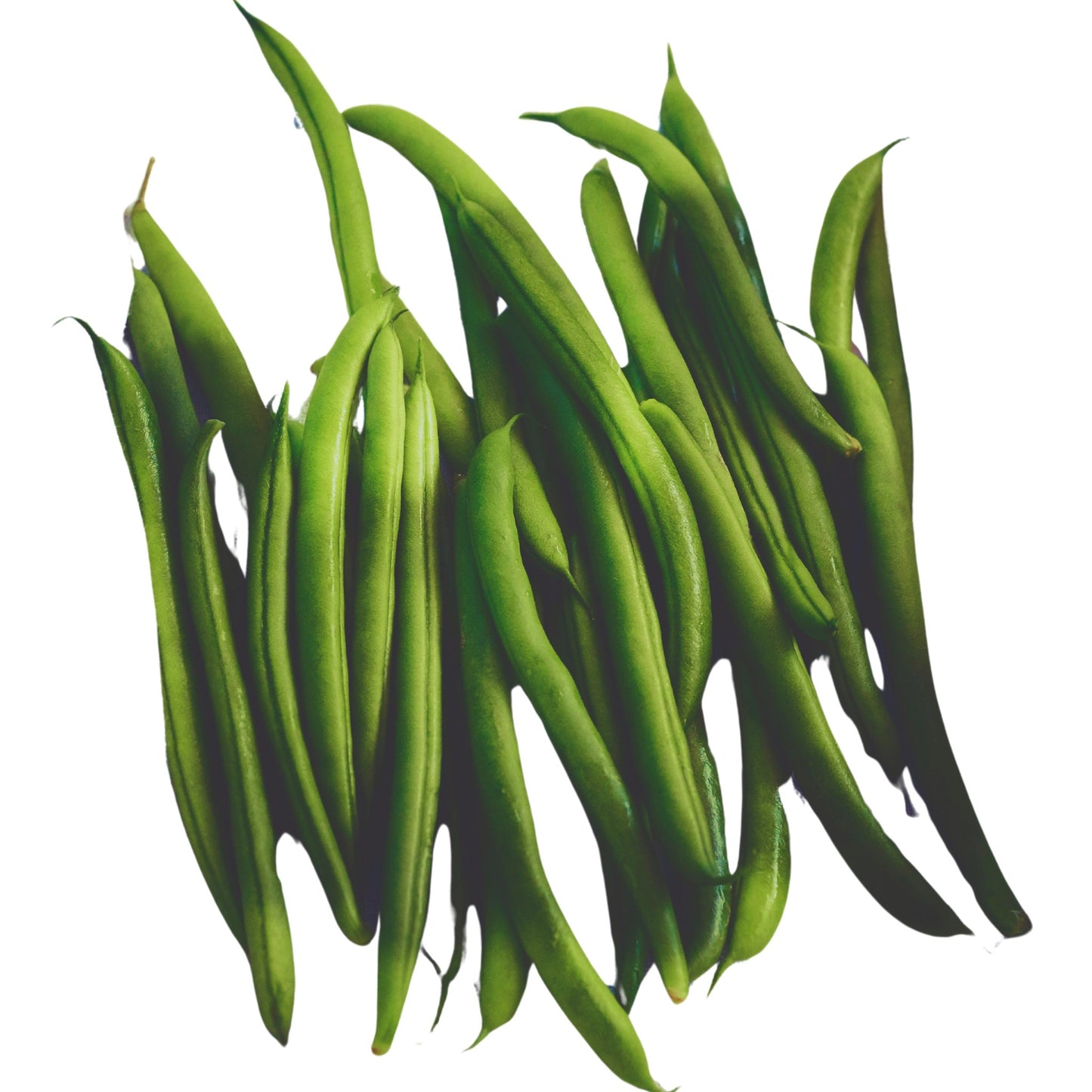Jonquil
Beans Bush Contender -5 Seeds
Beans Bush Contender -5 Seeds
Couldn't load pickup availability
"Contender" beans refer to a specific variety of bush bean, known for its high yield and disease resistance. Here are some key features of Contender beans:
Type: Contender beans are typically categorized as snap beans, which means they are harvested while the pods are still immature and tender.
Growth Habit: They are bush-type beans, meaning they grow as compact plants that don’t require staking or trellising, making them easy to grow in small gardens.
Flavor and Texture: Contender beans are known for their excellent flavor and crisp texture, making them a popular choice for fresh eating, canning, or freezing.
Maturity: They typically mature relatively quickly, usually within 50-60 days after planting, allowing for multiple harvests in a growing season.
Disease Resistance: This variety is often resistant to common bean diseases, making it a reliable choice for gardeners.
Growing Conditions: They prefer full sun and well-drained soil and can be planted in late spring after the last frost date.
Growing Contender beans can be a rewarding experience, and they are a great choice for home gardeners. Here’s a step-by-step guide to help you successfully cultivate Contender beans:
Timing
Planting Season: Contender beans are typically planted in late spring after the last frost date. The soil temperature should be at least 15°C for optimal germination.
Site Selection
Sunlight: Choose a location that receives full sun (at least 6-8 hours of sunlight per day).
Soil: Ensure well-drained soil that is rich in organic matter. A pH of 6.0 to 7.0 is ideal.
Preparing the Soil
Tilling: Loosen the soil to a depth of about 30 cm.
Amending: Mix in compost or well-rotted manure to improve soil fertility and drainage.
Planting
Spacing: Sow seeds about 3 cm deep, 6 cm apart. Space rows about 50 cm apart to allow for growth.
Thinning: Once seedlings are established, thin them to about 14 cm apart to provide adequate space for each plant.
Watering
Irrigation: Water the plants regularly, especially during dry spells. Aim for about 1 inch of water per week, either from rainfall or supplemental watering.
Avoid Overwatering: Be cautious not to let the soil become waterlogged, as this can lead to root rot.
Fertilization
Feeding: Use a balanced fertilizer at planting time. Beans generally do well with lower nitrogen levels, so avoid high-nitrogen fertilizers once they start to flower.
Pest and Disease Management
Common Pests: Watch out for aphids, spider mites, and bean beetles. Hand-picking or insecticidal soap can help manage these pests.
Disease Prevention: Practice crop rotation and avoid overhead watering to reduce the risk of fungal diseases.
Harvesting
Timing: Contender beans are ready to harvest about 50-60 days after planting, when the pods are firm and crisp but before they turn brown and dry out.
Method: Harvest by gently pulling the pods from the plants. Frequent harvesting encourages the plants to produce more beans.
Storing
Fresh Use: Beans can be eaten fresh or blanched and frozen for later use.
Dried Beans: If you prefer dried beans, leave some pods on the plant until they are completely dry before harvesting.
Succession Planting
For a continuous harvest, consider planting another round of seeds every couple of weeks until mid-summer.
Share


